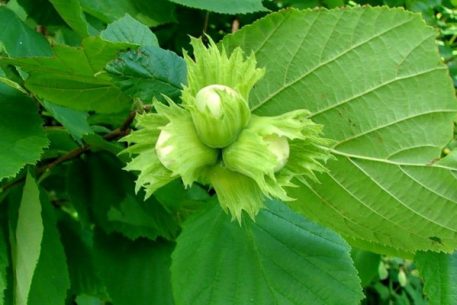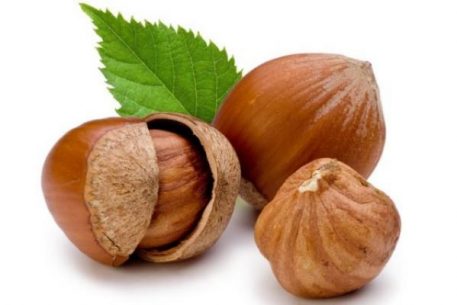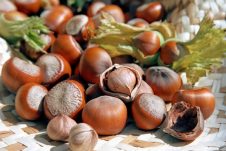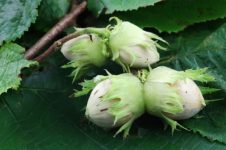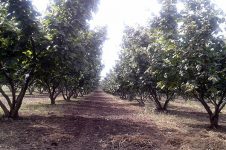Two plants with fruits in the form of rounded nuts, which are considered hazel, are hazel and hazelnuts. They belong to the Berezov family, and they have much in common, but there are differences between them. So, let’s decide: Hazel and hazelnut - what is the difference between it and what unites them.
Material Content:
Biological differences between hazel and hazelnuts
Traditionally, hazel is called a wild plant, hazelnut. It is used not only for obtaining fruits, there are also decorative varieties that are decorated in spring with burgundy or yellow leaves.

Hazel begins flowering in April. The bushes grow very much, reach a height of 5 m and form several trunks. For active growth, they need an area of 3 x 3 m.
The plant prefers a sunny place to grow, in nature it grows on a forest edge. For development, he needs sufficient watering, preferring organic matter from fertilizers.
Hazel has the following features:
- Fruits every year.
- The crop is low, depending on the vagaries of the weather.
- Not demanding on conditions for growth and fruiting.
- All parts of the plant are useful, especially the bark and leaves.
Cultural hazel is a hybrid of hazelnuts and its wild species. Fruits annually, with decent care will give up to 3 kg of nuts from the bush. They are oblong, whitish in color, collected in a bundle of three pieces.
Hazelnuts are a cultivated form of hazel. Varieties that produce a high yield are bred. The culture is thermophilic, most varieties grow poorly in cool climates. Nuts are larger than hazel, more salable. Blooms in early spring before the leaves bloom. Has male and female flowers.
To obtain a guaranteed high yield of nuts, female flowers should be pollinated. To do this, plant at least three hazelnut bushes on the site.
The first fruits are formed after four years. The shrub reaches the highest yield at the age of 10 to 35 years. The lifespan of a culture is 100 years or more.
The main characteristics of hazelnuts:
- High yields.
- Fruits are large.
- It has a stable crop.
- It is resistant to pests and diseases.
- Varieties that are different in size of the bush and the size of the nuts are bred.
- It requires a warm, favorable climate.
What is the difference in chemical composition and beneficial properties
Both nuts are rich in protein, include vitamins A, D, B and E, elements of iron, potassium and magnesium. Their nuclei are rich in useful amino acids - palmitic, stearic and oleic.
Hazelnuts are characterized by a high fat content, up to 70%, which is considered its disadvantage. In addition, it has up to 20% protein and carbohydrates. Hazelnut fruits are recognized as more useful, as it is a natural plant. However, before eating both types of nuts, you should make sure that they do not cause an allergic reaction.
Geography of growth
Hazel for growth selects mixed forests, sometimes coniferous, quickly fills deforestation and conflagration. Places where it can be found in nature are in the European part. The forests of the Caucasus are rich in it. Winter-hardy culture feels great in cold Norway and Siberia.
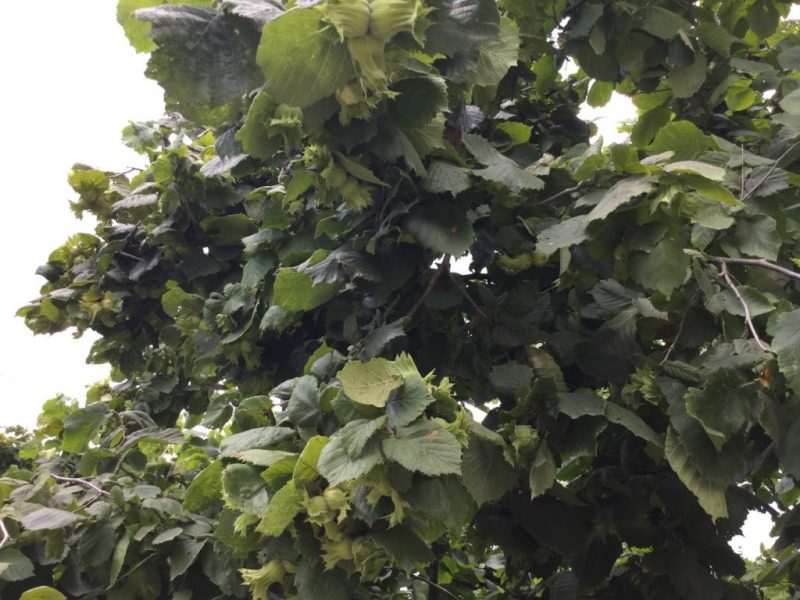
Hazelnuts are a thermophilic plant. In forests, it is found in areas near the Mediterranean and Black Seas. This useful plant is occupied by breeders. They developed various varieties that can now be planted in the gardens and parks of the Moscow region.
Differences in appearance
Hazel grows in the form of tall bushes, which many take for trees. Their usual height is 5 - 6 meters, can reach 10-meter height. In the bush there are up to a dozen trunks with light grayish or brown bark. The foliage is wide rounded. Sometimes a hazelnut may look like a tall tree.
The kernels are hidden in a hard shell. Nuts are fortified in green "skirts" fused together, forming a bunch of three fruits. Hazel begins to bear fruit at the 7th year of life. Grows and bears fruit for 150 years.
Hazelnuts grow like a perennial compact shrub. It can grow up to 5 meters, but usually its height is regulated during the formation of the crown. It has a powerful root system, which allows it to grow on poor soils and on mountain slopes.
The leaves are oval or heart-shaped, richly green. 6-8 fruits are formed in the bouquet, which are grown together by false flowers.
The difference in taste
In practice, these nuts are very difficult to distinguish from each other. Of course, hazelnuts have larger fruits, with a thinner shell. It is believed that their taste is more tender, it lacks astringency, and nuts are more aromatic.
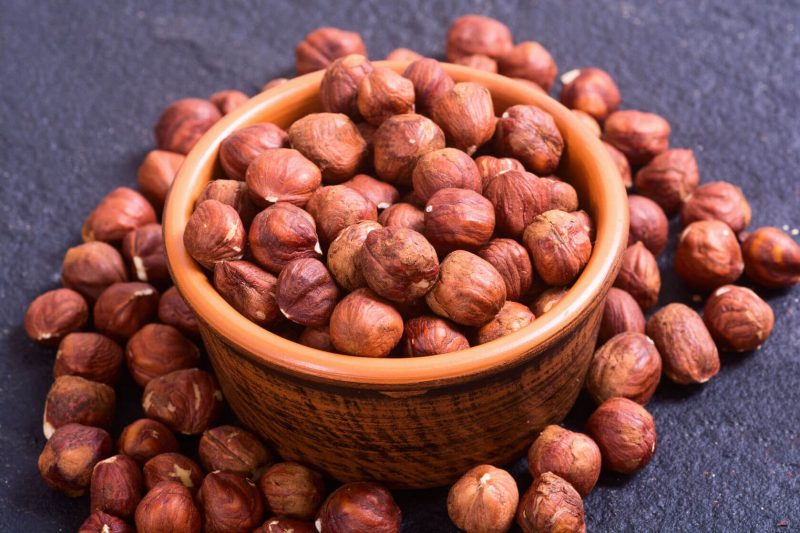
Since hazelnuts contain more fat, its kernels are more oily, which gives them a more delicate taste. Vitamins and nutrients are present in equal amounts in both cultures.
Growing hazelnuts and hazelnuts: what is the difference
These seemingly such similar crops require several different growing conditions. Consider what each of them needs.
Growing hazel
It can be successfully grown in the garden. It is better to take cultivated varieties, they are more productive. Planting pits are prepared for planting seedlings, in which fertile soil rich in organic matter is added.
The plant grows very much, so you should cut down the extra trunks, leaving no more than 4 pieces. It is necessary to limit the height of the bush, to trim at a height of three meters. This makes picking easier.
The plant is frost-resistant, requires cross-pollination.
What you need to consider when planting hazel:
- The landing site is preferably along the fence, where the bush will be well blown by the wind. Shading is allowed.
- It requires fertile, loose soil; deciduous rotted soil will be good for it.
- Demanding on moisture, regular watering needed.
- It grows to 10 m. Https: //www.youtube.com/watch? V = Qp5qmLI5ZUk
Growing hazelnuts
For growth, he needs well-lit areas. It is planted in loose, fertile soil. The shrub has developed roots, which must be taken into account when loosening, being careful not to damage them.
For cross-pollination, at least three different-sized bushes must be planted.
This thermophilic plant does not like cold winds, does not allow drafts. However, air movement is necessary for pollination.
How to grow hazelnuts:
- He loves bright places, but does not tolerate the hot sunshine of the summer afternoon. For this reason, the plant is not planted in the southern part of the site.
- Requires moist, fertile soil.
- The highest plant height is 7 m.
These plants reproduce in the same traditional ways - cuttings, layering, you can use seeds or nuts.
Experienced gardeners claim that despite the differences, these nut crops have much in common. Given the characteristics of each species, you can successfully grow them in suburban areas and get a decent harvest.


